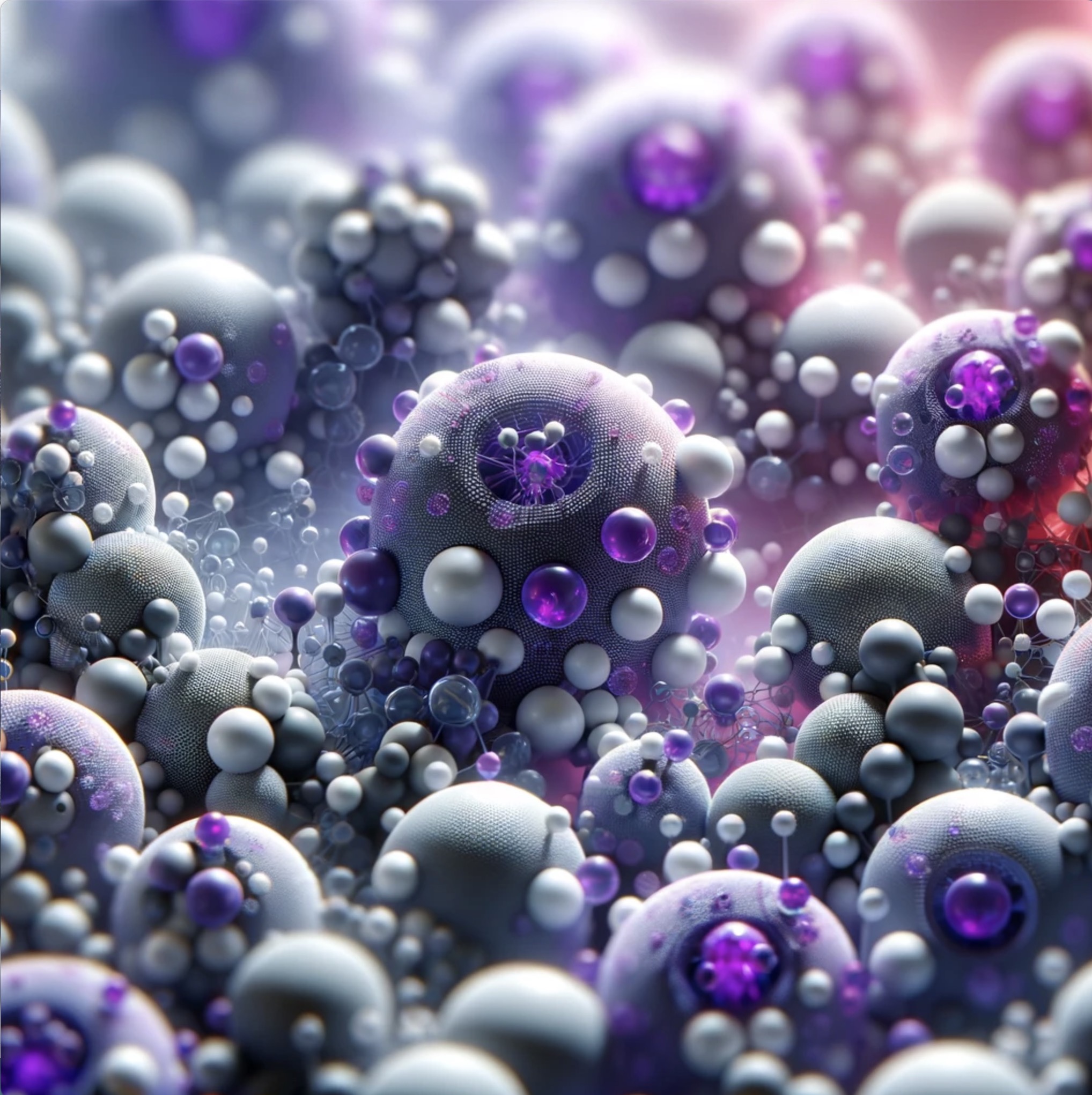
Harnessing the Power of Anthrobots for Regenerative Healing
In a revolutionary stride in regenerative medicine, scientists from Tufts University and Harvard University's Wyss Institute have developed tiny biological robots, termed "Anthrobots," derived from human tracheal cells. These tiny yet powerful entities, varying in size from a human hair's width to the tip of a pencil, possess the remarkable ability to self-assemble and profoundly impact healing in neighboring cells.
Tracing back to the work on Xenobots, created from frog embryo cells, researchers have progressed to creating these Anthrobots without genetic modification. This leap forward in biotechnology demonstrates the potential of adult human cells in forming multicellular structures with unique locomotion capabilities, capable of stimulating neuron growth and bridging damage in neural layers.
Anthrobots, designed with a focus on safety, are constructed from a patient's own cells, thus avoiding immune response issues. They are confined to controlled laboratory conditions, ensuring no unintended exposure or spread outside the lab. These biobots have a limited lifespan, seamlessly reintegrating into the body post their therapeutic role.
Their creation process is fascinating, beginning with a single cell that spontaneously forms multicellular spheres. By refining growth conditions, scientists enabled these organoids to exhibit autonomous movement, akin to oars. This breakthrough hints at the future of biobots in responding to environmental stimuli, traveling within the body, and aiding in tissue engineering.
Anthrobots come in varied shapes and sizes, showing different movement patterns. This versatility, along with their self-assembly, paves the way for scalable therapeutic tools. In lab tests, Anthrobots have shown the capability to aid in neural tissue healing, suggesting their potential in various medical applications like clearing arterial plaque, repairing nerve damage, and delivering targeted drug therapies.
This innovation epitomizes the fusion of biology and robotics, marking a significant stride towards a future where the body's cells can be harnessed for health and healing. It opens new horizons in regenerative medicine, biotechnology, and beyond, signifying a pioneering advancement in the field.
#HealthcareTomorrow #RegenerativeMedicine #Biotechnology #InnovationInHealth #FutureOfHealing #Anthrobots



